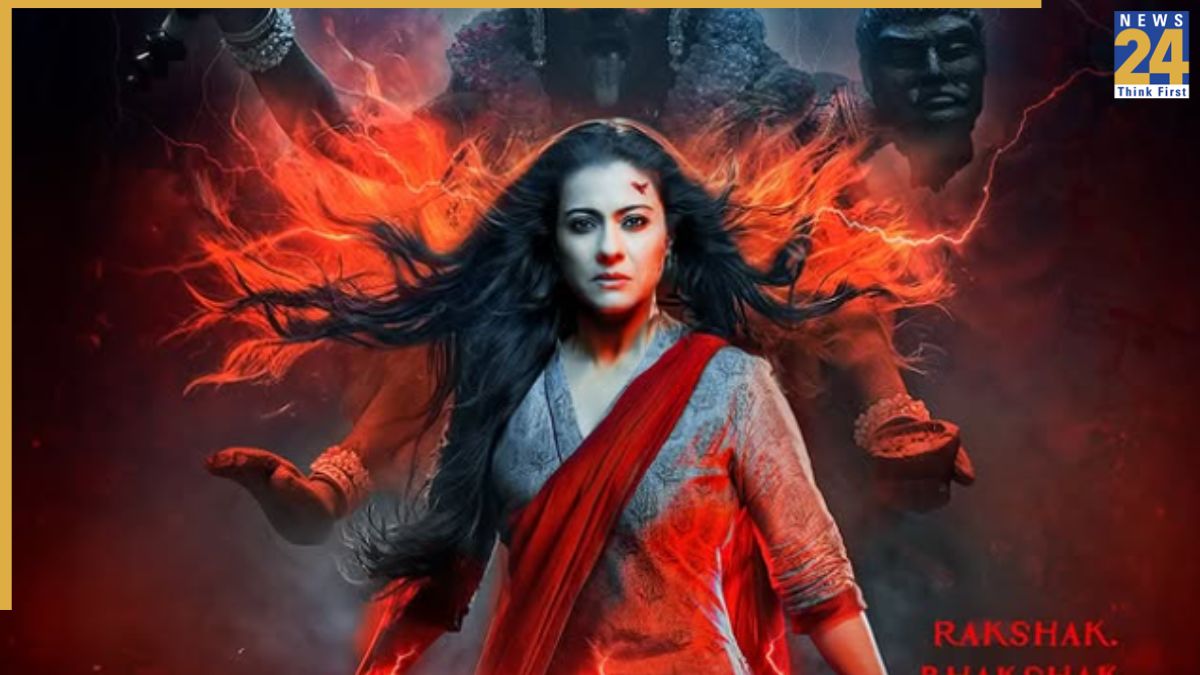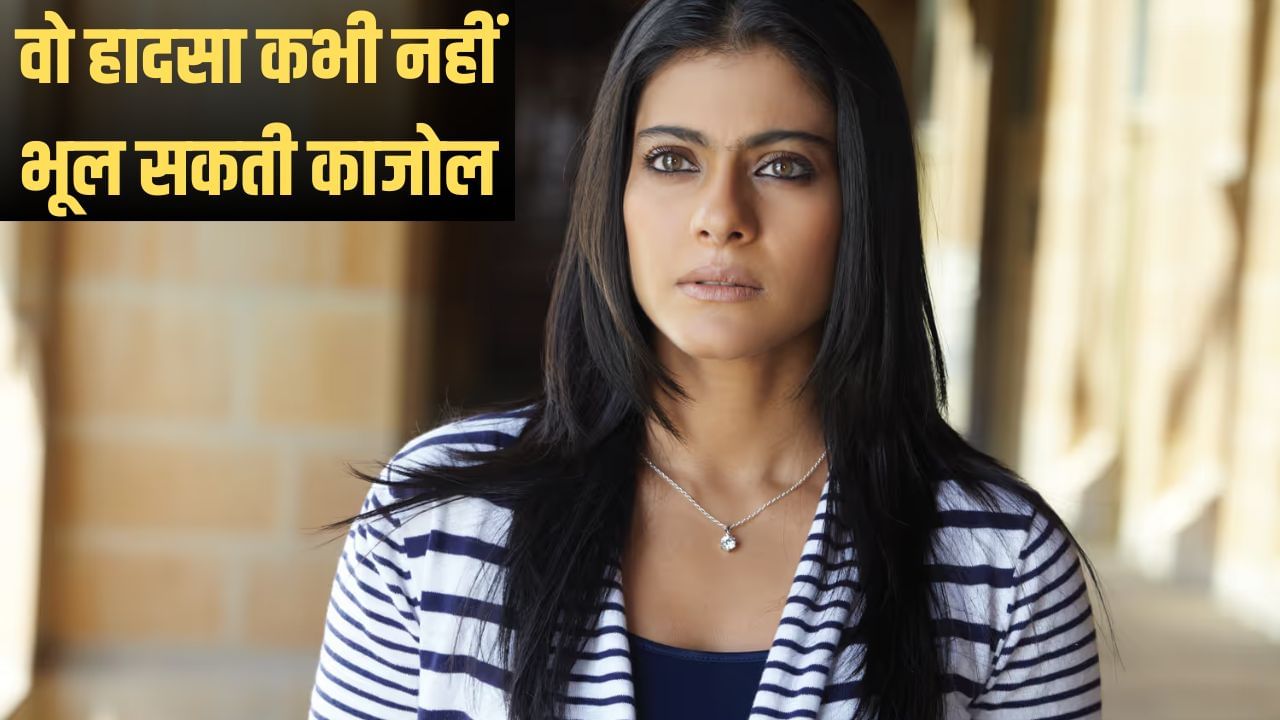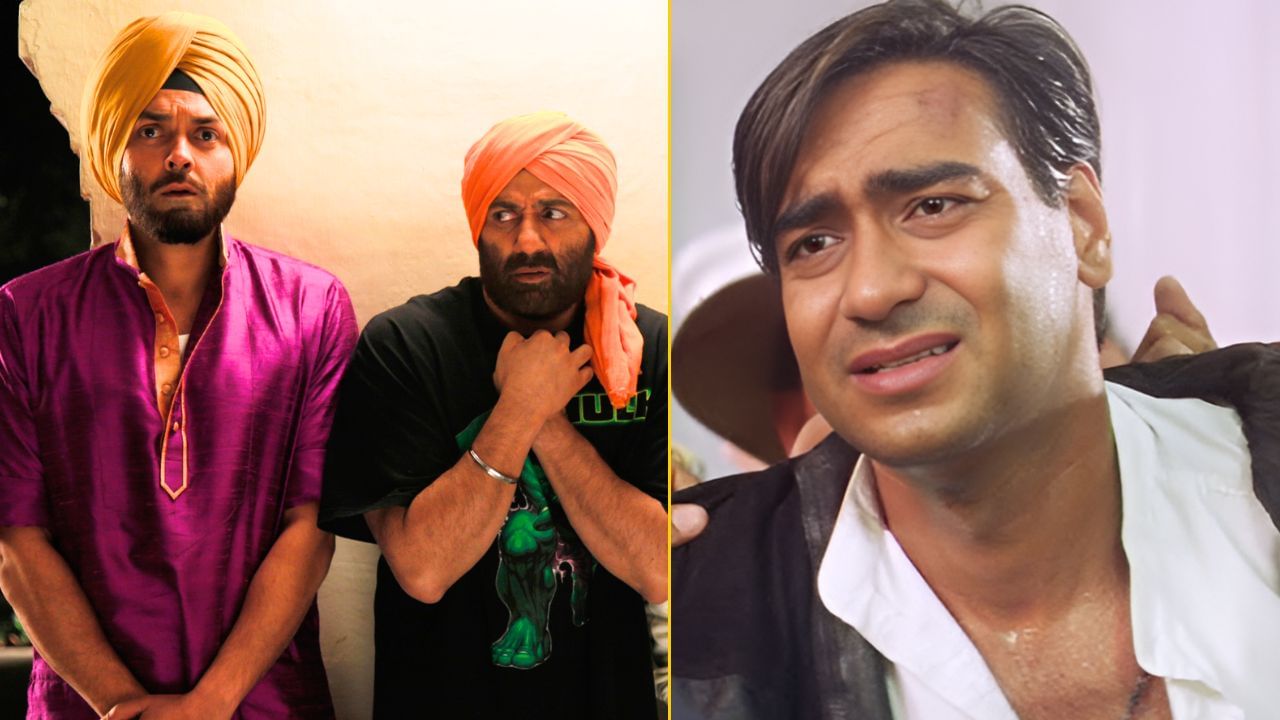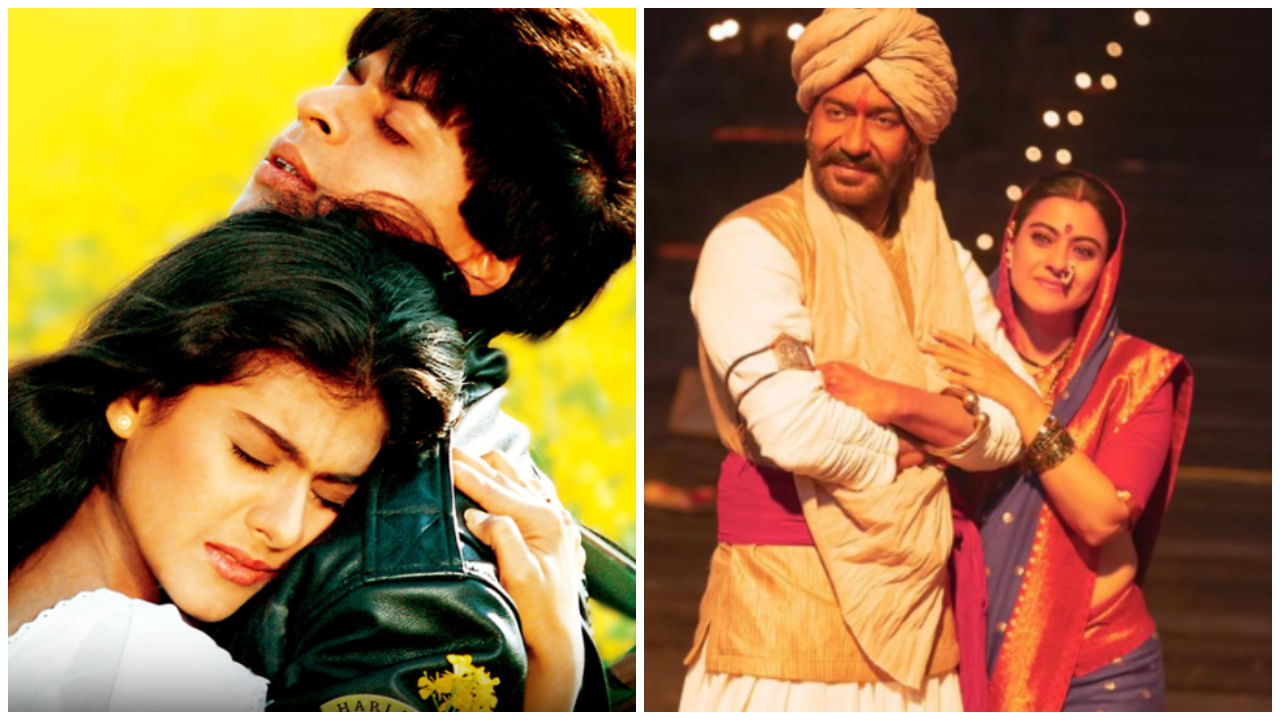The film ‘Maa’, starring Kajol, is set to premiere on Netflix after its cinema run. The movie was acclaimed for…
Browsing: kajol
Kajol, a prominent figure in Bollywood, has made a significant impact on the film industry. Her exceptional acting has won…
The year 1998 saw a significant achievement for Ajay Devgn as his film ‘Pyaar To Hona Hi Tha’ outperformed the…
Kajol, a prominent actress in Bollywood, is well-known for her energetic and captivating presence in films. Her charm has been…
Kayoze Irani’s ‘Sarzameen’ offers a unique take on themes of family, radicalization, and the echoes of the film ‘Shakti’. The…
Kajol’s latest film, ‘Maa,’ a horror movie, premiered in cinemas on June 27, 2025. Vishal Furia directed the film, which…
New Delhi: The Ongoing Feud Between Filmmaker Sandeep Vanga Reddy and Actress Deepika Padukone Over Former’s Upcoming Venture ‘Spirit’ with…
New Delhi: Happy New Year! Celebrities kickstart 2025 by sharing joyful moments and heartfelt wishes with fans. From picture-perfect memories…








